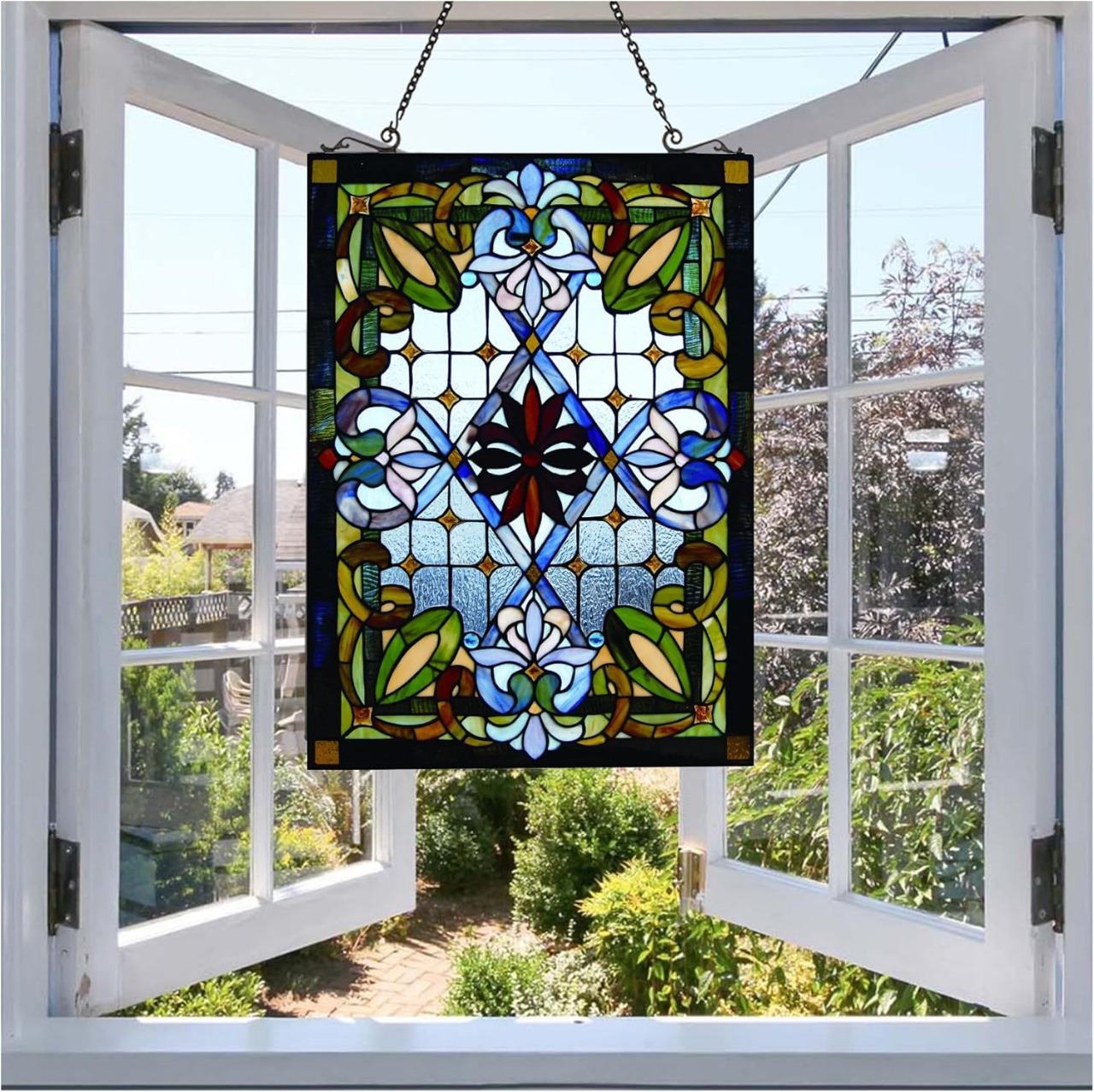Collecting Medieval stained glass is a passion that combines art appreciation, historical interest, and investment potential. These exquisite pieces of craftsmanship, created between the 10th and 16th centuries, hold both aesthetic and cultural significance. Whether you are a seasoned collector or a beginner, understanding the market, authenticity, and preservation is key to building a meaningful and valuable collection.
Why Collect Medieval Stained Glass
Medieval stained glass is one of the most captivating forms of medieval art. Its vibrant colors, intricate designs, and historical connections make it irresistible to collectors. Beyond its beauty, it offers a tangible link to centuries-old craftsmanship and religious devotion.
Artistic and Historical Value
Every piece of medieval stained glass tells a story—sometimes biblical, sometimes symbolic, and often tied to the community or patron who commissioned it. Owning such a work is like holding a piece of history in your hands.
Understanding the Market
Before investing in medieval stained glass, it is important to understand the dynamics of the market. Demand is driven by rarity, condition, provenance, and subject matter.
Key Market Drivers
- Rarity – Intact panels from the 12th or 13th centuries are extremely rare and command high prices.
- Condition – Original glass with minimal restoration is more valuable than heavily repaired pieces.
- Provenance – Detailed ownership history increases desirability and buyer confidence.
How to Identify Authentic Medieval Stained Glass
Authenticity is crucial in collecting medieval stained glass. The market has many reproductions, so developing an eye for genuine craftsmanship is essential.
Signs of Authenticity
- Color and Texture – Genuine medieval stained glass has slightly irregular textures and deep, mineral-based colors.
- Lead Came – The lead strips will show signs of oxidation and age.
- Painted Details – Hand-painted designs are often fired into the glass, creating a permanent bond.
Building Your Collection
When starting your medieval stained glass collection, set clear goals—whether it’s focusing on certain centuries, religious themes, or specific regions.
Where to Buy
- Reputable Auction Houses – Sotheby’s and Christie’s often feature medieval stained glass in their fine art sales.
- Specialist Dealers – Antique dealers with expertise in stained glass can provide guidance and authenticity guarantees.
- Online Marketplaces – Platforms like 1stDibs and Catawiki can be good sources, but require careful vetting.
Caring for Medieval Stained Glass
Preservation is critical for maintaining the value and beauty of your collection.
Storage and Display Tips
- Keep medieval stained glass away from direct heat sources and extreme humidity.
- Use display cases with UV-protective glass to reduce fading.
- Avoid heavy cleaning; instead, consult a professional conservator for maintenance.
Legal and Ethical Considerations
Because of its historical importance, medieval stained glass is sometimes subject to export restrictions or cultural heritage laws. Always verify the legality of a purchase, especially when buying from overseas.
Importance of Documentation
Maintaining thorough records, including provenance, purchase receipts, and restoration history, will protect your investment and simplify future sales.
The Investment Potential
Medieval stained glass not only brings joy to collectors but can also be a valuable long-term investment. The rarity and historical significance of genuine pieces mean that demand is likely to remain strong among museums and private collectors.
Balancing Passion and Profit
While the potential for financial gain exists, the most successful collectors focus on passion first, acquiring pieces that hold personal meaning as well as market value.
Conclusion
Collecting medieval stained glass is a rewarding pursuit that blends history, artistry, and preservation. By learning to identify authentic pieces, understanding market trends, and caring for your collection, you can build a legacy of beauty and historical significance. Whether your goal is to display them at home, donate them to a museum, or pass them down as heirlooms, medieval stained glass offers a timeless connection to the artistry of the past.



